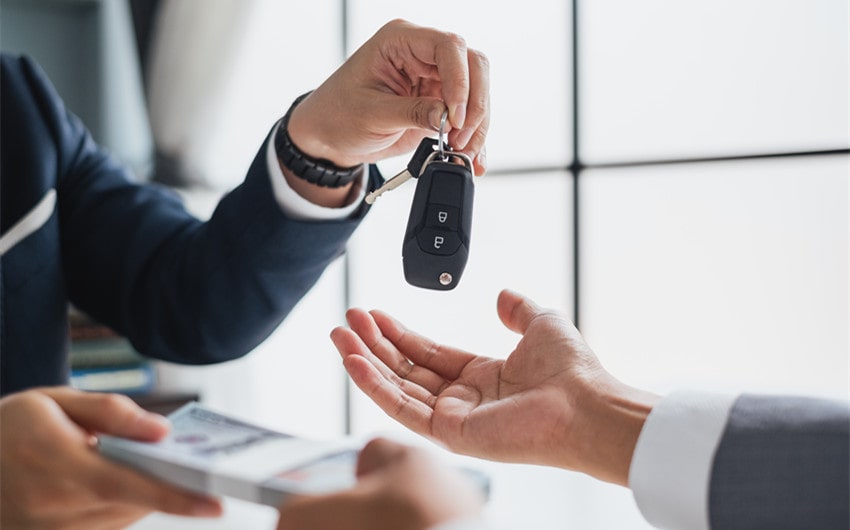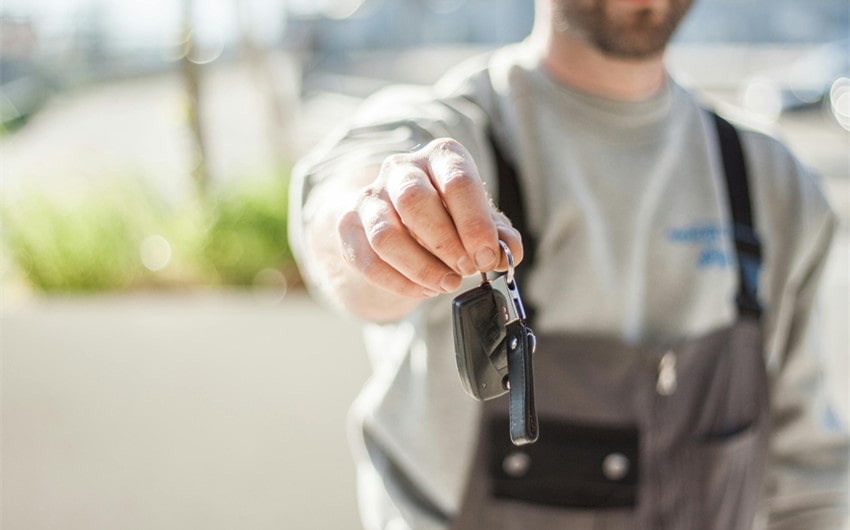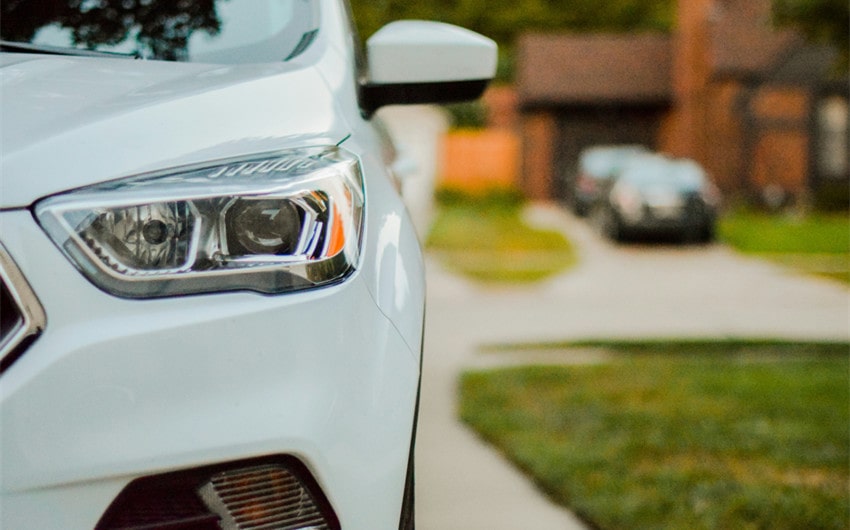9 Real-Life Reasons Not to Lease a Car Long Term
Leasing a car might seem like a smart choice—lower monthly payments, always driving something new, and fewer upfront costs. But before you sign on the dotted line, it’s worth considering the bigger picture. There are several important reasons not to lease a car that could end up saving you money, hassle, and regret down the road.
From mileage limits to wear-and-tear fees, leasing isn’t always as simple or affordable as it seems. If you’re wondering whether it’s truly the right option for your lifestyle or budget, this guide breaks down the key drawbacks you should know first.
1. You Don’t Own the Car
One of the most fundamental drawbacks of leasing is that you never actually own the vehicle. While you’re making monthly payments—just like you would if you were financing a car—those payments don’t build any equity. When you buy a car, even with a loan, each payment brings you closer to owning something of value. Once the loan is paid off, the car is yours, and you can continue driving it payment-free or sell it if needed.
With leasing, however, it’s more like renting. At the end of the lease term (usually 2–3 years), you return the vehicle to the dealer. You walk away with nothing to show for the money you’ve spent—no asset, no trade-in value, and no ownership benefits. If you decide to lease again, the payment cycle simply continues with a new car.
For people looking to build long-term financial stability or reduce recurring expenses, this can be a major downside. Ownership, on the other hand, offers more flexibility and financial control over time.
2. Mileage Restrictions and Penalties
Leases often come with strict mileage limits—commonly between 10,000 and 15,000 miles per year. While that might be enough for some drivers, it can feel incredibly limiting if you have a long commute, take frequent road trips, or simply enjoy driving often. Once you exceed that limit, you’ll face additional charges—usually around 15 to 30 cents per mile. That can add up fast, especially over the course of a multi-year lease.
For example, if you go just 5,000 miles over your limit at the end of the lease, you could owe an extra $750 to $1,500, just for driving. These penalties can be a nasty surprise, especially if your lifestyle changes unexpectedly and you end up driving more than planned.
If you want freedom behind the wheel without worrying about every extra mile, leasing may not be the right fit. Buying a car, on the other hand, lets you drive as much as you want—without the fear of extra fees.
3. Wear and Tear Fees
Leased cars are expected to be returned in “good condition,” but what qualifies as “normal wear and tear” can be subjective—and expensive. Any scratches, dents, stains, upholstery damage, or even minor cosmetic flaws could cost you at the end of your lease. These fees are often determined by the dealership’s standards, not yours, and you usually don’t have much say in the assessment.
Life happens. Maybe your dog scratched the backseat, or your child spilled juice on the carpet. Even if the car still functions perfectly, these imperfections could result in additional charges. And if you return the car with multiple issues, those fees can quickly add up to hundreds—if not thousands—of dollars.
If you live an active lifestyle, have pets or kids, or simply don’t want to stress over keeping your car in showroom condition, leasing may not be ideal. When you own your vehicle, small dings and spills are just part of life—not something you have to pay extra for.
4. Long-Term Cost May Be Higher
At first glance, leasing often looks more affordable than buying—monthly payments are typically lower, and you don’t need a huge down payment. But when you look at the big picture, leasing can actually cost more over time.
When you buy a car (especially used or certified pre-owned), you’re working toward ownership. Once your loan is paid off, the car is yours—no more payments, just maintenance and insurance. But with leasing, you’re always making payments and never gaining ownership. If you lease back-to-back for years, you’re stuck in an endless loop of payments with no equity to show for it.
Plus, leases often come with added costs like acquisition fees, disposition fees at the end, and penalties if you go over mileage or return the car in less-than-perfect condition. Over time, these extra costs can outweigh the savings you thought you were getting upfront. If you’re looking for long-term financial value, buying usually makes more sense.
5. Customization Is Not Allowed
Leasing a car means you’re borrowing it for a set period—and the leasing company wants it returned in near-original condition. That means you can’t customize your vehicle the way you might with a car you own. Want to tint the windows, install custom rims, or upgrade the stereo system? Not allowed. Even smaller changes like bumper stickers, decals, or seat covers might violate your lease agreement.
For car enthusiasts or anyone who enjoys personalizing their ride, this can be a major drawback. You’re limited to using the car exactly as it was delivered, which can feel restrictive—especially when you’re still paying monthly for the privilege of driving it.
With a car you own, you can modify and personalize it however you want, from cosmetic changes to performance upgrades. Leasing, on the other hand, locks you into someone else’s version of what your car should be.
6. Early Termination Fees
Life is unpredictable. Maybe you get a new job in another city, experience financial hardship, or simply realize the car you leased doesn’t suit your needs. If you want to end your lease early, you’re in for a financial headache.
Most leases come with steep early termination penalties. In many cases, you’ll have to pay the remaining lease balance, a termination fee, and possibly additional charges depending on the terms. Some dealers may offer lease buyout options or lease transfers, but these solutions are complicated and still costly.
Leasing ties you into a fixed commitment, which isn’t ideal if you value flexibility or foresee major changes in your life. Buying gives you more control—you can sell or trade in your car at any time, without jumping through hoops or eating huge penalties.
7. Insurance and Gap Coverage Requirements
When you lease a car, your insurance costs are usually higher than they would be if you owned the vehicle. That’s because most leasing companies require you to carry higher liability limits, along with comprehensive and collision coverage, even if your driving habits wouldn’t otherwise justify it.
On top of that, many leases require gap insurance, which covers the difference between what you owe on the lease and what the car is worth if it’s totaled or stolen. While gap coverage is smart in theory, it’s often rolled into the lease cost or added on as an extra fee—further inflating your overall expense.
If you’re trying to save money on car ownership, these mandatory coverages can significantly raise your monthly insurance premiums. When you own your car, you have more flexibility to adjust your coverage levels based on your needs and budget.
8. Limited Flexibility in Emergencies
Life doesn’t always go according to plan. You might lose your job, need to move, or face a family emergency that forces you to change your financial priorities. Unfortunately, leasing offers very little flexibility when unexpected changes occur.
If you suddenly need to reduce expenses, get rid of your car, or downsize to a cheaper vehicle, a lease locks you in. You can’t simply sell the car or trade it in without jumping through legal and financial hoops. And as mentioned earlier, breaking a lease early can result in steep penalties.
When you own a car, you have options: you can sell it, trade it in, or keep it as long as you like without asking anyone for permission. Leasing, on the other hand, can trap you at the worst possible time, making it harder to adapt to life’s curveballs.
9. It’s Not Right for All Lifestyles
Leasing may work for some people, but it’s definitely not one-size-fits-all. If you drive a lot, live in an area with rough roads, have kids or pets, or just tend to be a little rough on your car, leasing can become more of a hassle than a convenience.
You’ll constantly have to worry about mileage limits, wear and tear, and keeping the car in pristine condition. That pressure can turn what should be a simple driving experience into a stressful one—especially if you like taking spontaneous road trips or hauling gear around for hobbies or work.
People with more unpredictable schedules, adventurous lifestyles, or long commutes will likely find ownership a better match. Buying a car means it’s truly yours—you can drive it, use it, and live your life without worrying about violating a lease agreement.



